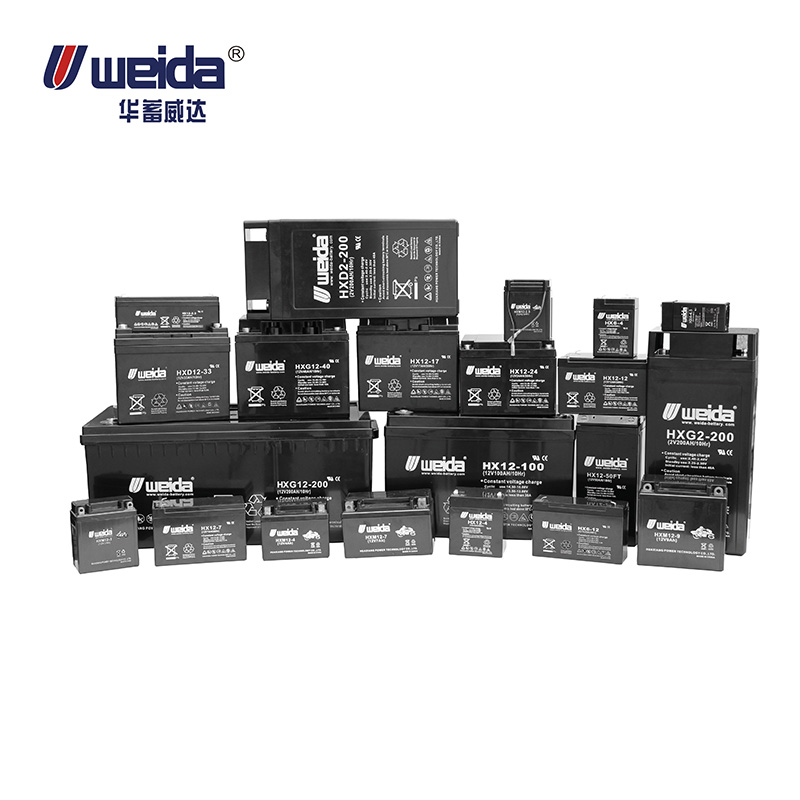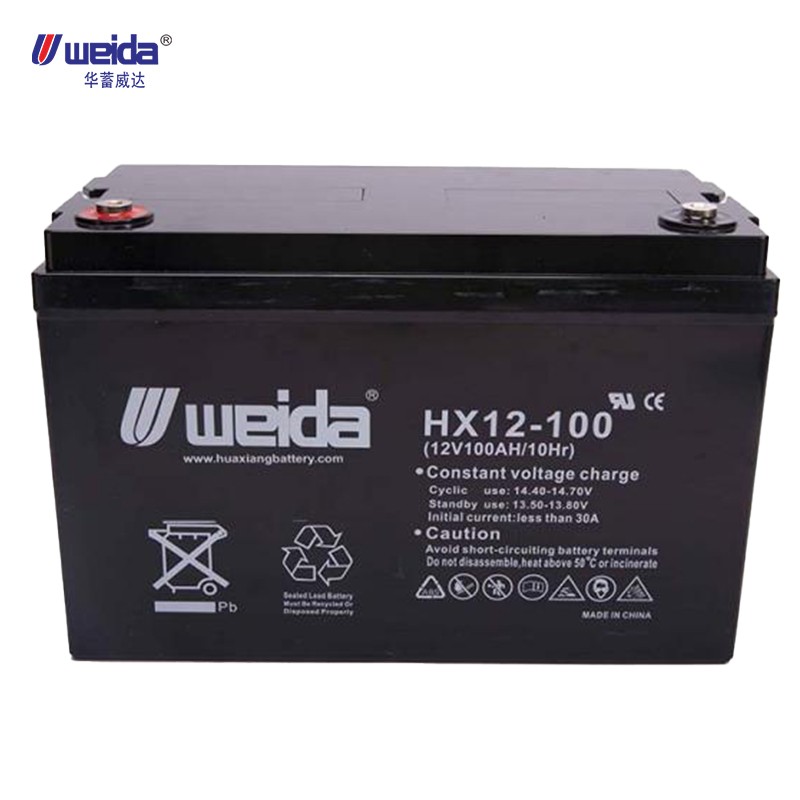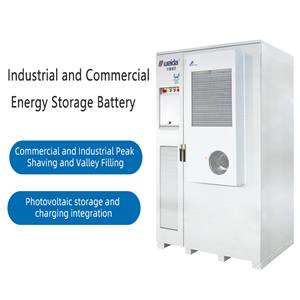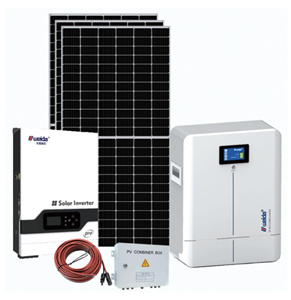How does the Lead Acid Battery Work?
Lead-acid battery is the first rechargeable battery ever invented, and its invention marks a major breakthrough in battery technology. Lead-acid batteries have the advantages of high energy density, reliable electrochemical performance, low self-discharge rate and long service life, so they have been widely used in automobiles, electric vehicles, backup power and other fields.

Lead-acid batteries are the most widely used storage batteries at present, and their applications are very extensive, mainly including the following aspects:
Automobile Starting, Lighting and Ignition (SLI): Lead-acid batteries are the core components of automobile starting, lighting and ignition (SLI) systems, responsible for providing the high current needed to start the engine.
Power Battery for Electric Bicycles, Low-speed Electric Vehicles and Special Electric Vehicles: Lead-acid batteries are the main power source for electric bicycles, low-speed electric vehicles and special electric vehicles.
Backup power batteries for communication, electric power, automatic control and emergency equipment: lead-acid batteries are the backup power source for communication base stations, electric power systems, automatic control systems and emergency equipment in the field of providing power supply in the event of power outage or other emergency situations.
Energy storage batteries for wind energy, solar energy and other new energy sources: lead-acid batteries are energy storage batteries for wind energy, solar energy and other new energy generation systems, providing power when the power system is unstable.
Other applications: lead-acid batteries also have applications in many other fields, such as instrumentation, medical equipment, toys and so on.
There are several main reasons why lead-acid batteries are chosen:
Cheaper price: Lead-acid batteries are cheaper to buy due to their lower manufacturing cost.
High recycling value: lead-acid batteries have recycling value, when replacing batteries can be used in the way of trade-in, the original old batteries can be offset part of the cash, which makes the price of lead-acid batteries cheaper.
Mature technology: lead-acid battery manufacturing process is mature, relatively simple technology, so the manufacturing cost is lower.
Simple maintenance: lead-acid battery maintenance is relatively simple, do not need special maintenance equipment, so the use of lower costs.
High safety: lead-acid batteries have high safety, and will not explode or catch fire due to overcharging, over-discharging and other reasons.
Wide application: lead-acid batteries are widely used in many fields, such as automobiles, motorcycles, electric vehicles, etc., so they are more convenient to use.
In conclusion, lead-acid batteries have the advantages of cheap price, high recycling value, mature technology, simple maintenance, high safety and wide application, so they are still widely used in some fields.

Lead-acid batteries have always maintained a leading position in starter batteries. This is attributed to good low temperature performance, low cost, good safety record and easy recycling. There are several main reasons for this:
Good low-temperature performance: Lead-acid batteries continue to work well at low temperatures, which is critical for vehicles used in colder regions.
Low cost: Lead-acid batteries are relatively inexpensive, which makes them a popular choice for automakers.
Good Safety Record: Lead-acid batteries have a relatively high safety record, which makes them popular for use in products that require a high level of safety, such as automobiles.
Easy to recycle: lead-acid batteries can be recycled, which is environmentally friendly.
Although lead-acid batteries have some drawbacks, such as low energy density, limited cycle life, and sensitivity to temperature extremes, their good low-temperature performance, low cost, good safety record, and ease of recycling still make them dominant in the field of starter batteries.
How to extend the service life of lead-acid batteries?
Lead-acid batteries generally have a service life of 300-500 cycles. Here are some ways to extend the service life of lead-acid batteries:
Correct Charging
There are two charging methods for lead-acid batteries: constant current charging and constant voltage charging. Constant current charging means that the charging current is kept constant until the battery voltage reaches the standard voltage of full charge. Constant voltage charging means that the charging voltage is kept constant until the battery current drops to a very small value.
The steps for charging a lead-acid battery are as follows:
Connect the charger to the battery.
Turn the charger on.
Monitor the charging process.
Turn the charger off when fully charged.
Lead-acid battery charging time depends on the capacity of the battery and the charging current. Generally, lead-acid batteries take several hours to fully charge.
For lead-acid batteries, constant voltage charging is recommended. Constant voltage charging prevents overcharging and extends the life of the battery.
Avoid over-discharge
Over-discharge of lead-acid batteries will lead to lead sulfate deposition on the internal plates of the battery, which will reduce the capacity and service life of the battery.
Therefore, excessive discharge should be avoided when using lead-acid batteries. Generally speaking, the discharge depth of lead-acid batteries should not exceed 50%.
Regular Maintenance
Regularly check the electrolyte density and voltage of lead-acid batteries. If the electrolyte density is too low, distilled water needs to be replenished. If the voltage is too low, the battery needs to be recharged.
When storing lead-acid batteries, place them in a dry, ventilated environment and keep the electrolyte density between 1.28 and 1.30 g/ml.

The following are some specific recommendations for extending the life of lead-acid batteries:
Avoid deep discharging as much as possible: deep discharging of lead-acid batteries will lead to lead sulfate deposition on the internal plates of the batteries, thus reducing the capacity and service life of the batteries.
Use a suitable charger: Using an unsuitable charger may lead to overcharging or undercharging of the battery, thus shortening the service life of the battery.
Regularly check the electrolyte density: Electrolyte density is an important indicator of battery power. If the electrolyte density is too low, distilled water needs to be replenished.
Avoid exposing batteries to extreme temperatures: Lead-acid batteries degrade in performance at low temperatures and age faster at high temperatures.
By following these recommendations, you can extend the life of your lead-acid batteries.
Lead-acid batteries are a mature electrochemical energy storage technology that has maintained its relative advantages in terms of service life, safety, cost, and emissions. At the same time, with the application of new technologies, the performance of lead-acid batteries has been continuously improved, and in some specific areas, it still maintains its advantages in application.

The market demand for lead-acid batteries is mainly affected by the following aspects:
Automotive starting battery market: lead-acid batteries have been used in the automotive industry for nearly a hundred years, and their low cost, high reliability and good starting performance make them always occupy a dominant position in the automotive starting battery market. With the development of the automotive industry and market demand, the application of lead-acid batteries in the field of electric vehicles has also begun to gradually expand.
Hybrid Automobile Market: With the increasing calls for environmental protection and energy saving, hybrid automobiles have gradually gained the favor of the market. Lead-acid batteries are used as an auxiliary power source in such vehicles, mainly to support the process of starting and stopping the vehicle, and also to recycle and utilize the energy discarded by the vehicle.
New Energy Vehicle Market: The rise of new energy vehicles has increased the demand for the application of lead-acid batteries. Although lithium batteries have become the mainstream choice, lead-acid batteries still have better performance in terms of cost, safety, and environmental friendliness, and also provide more choices for some emerging areas such as light vehicles.
Energy storage market: In solar and wind energy systems, lead-acid batteries are mainly used for energy storage, storing unused energy in the form of electricity for emergency use. Although lithium-ion batteries have higher energy density and longer life, lead-acid batteries are cheaper and more reliable, so they are still widely used in some small energy storage systems and home energy storage systems.
UPS power supply market: in some occasions that require long time power supply guarantee, such as emergency light source and UPS power supply, lead-acid batteries are also still one of the mainstream power supply choices due to their low cost and high security of use.
Overall, the lead-acid battery market demand is affected by many aspects, the future with technological progress and environmental protection requirements, the market demand for lead-acid batteries will continue to grow. At the same time, the continuous innovation and improvement of lead-acid battery technology will also provide support for its application in more fields.



